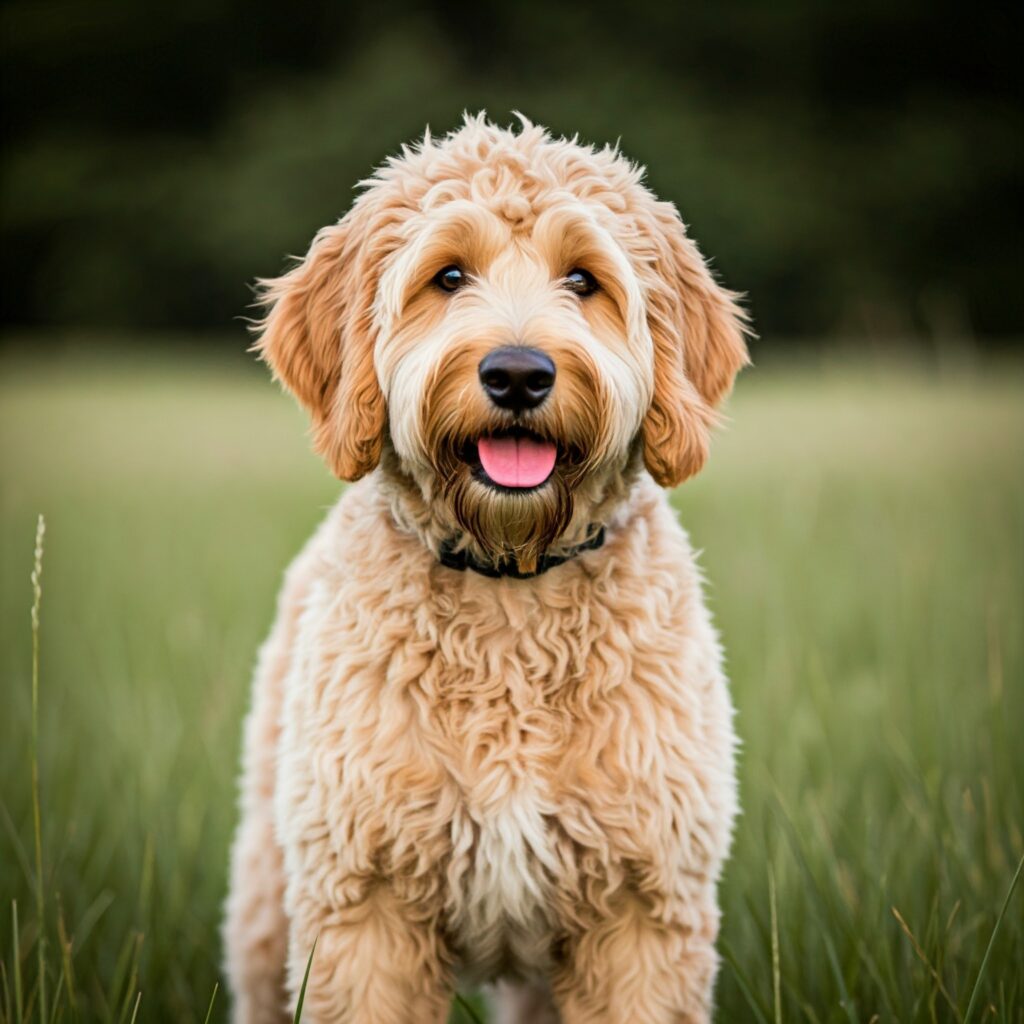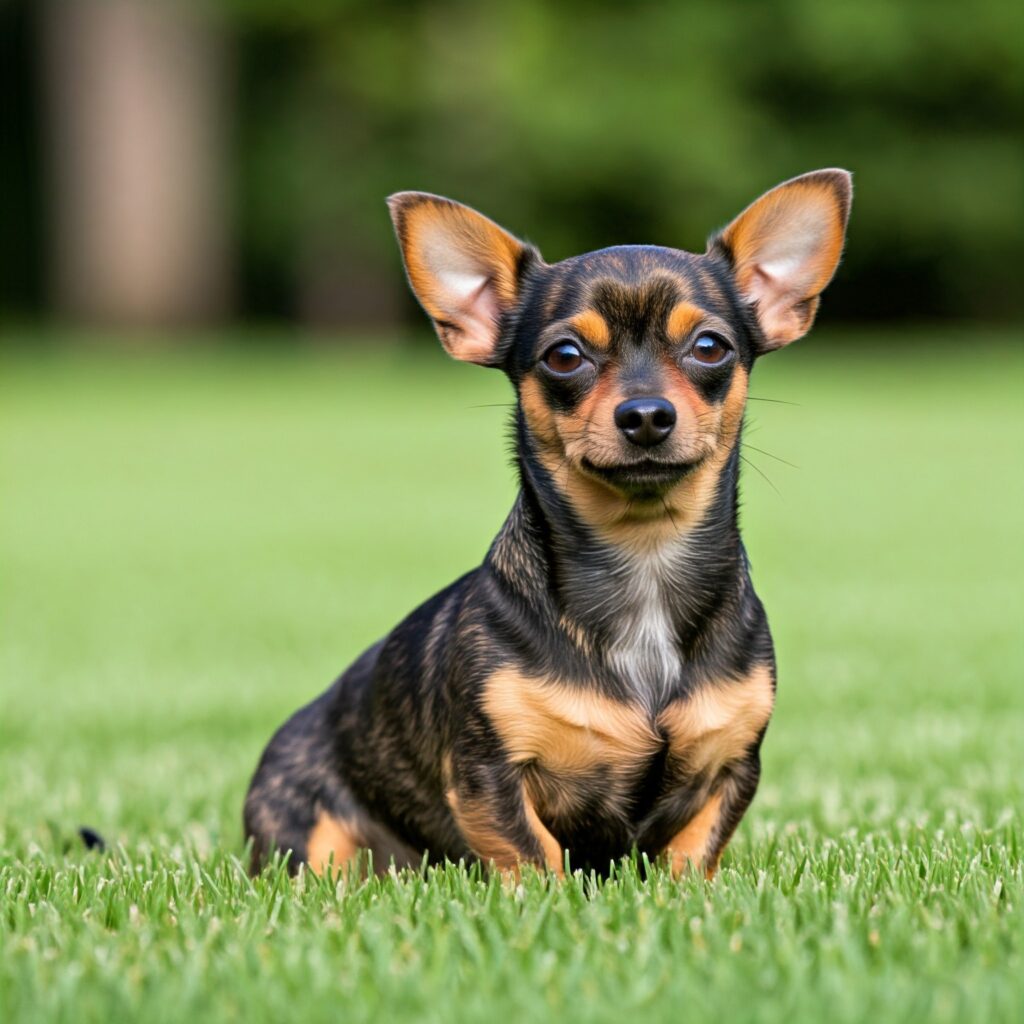Mixed dog breeds, often referred to as mutts, have gained immense popularity over the years. With their unique appearances, diverse personalities, and varied backgrounds, these dogs bring a special charm that purebred dogs may not always match. In this article, we will explore the benefits of adopting mixed breed dogs, discuss their characteristics, and provide tips for potential owners.
Understanding Mixed Dog Breeds
Mixed dog breeds result from the mating of two or more different purebred dogs. This genetic diversity can lead to a range of traits, both physical and behavioral, that make mixed breeds unique. While some may have characteristics of a specific breed, others may exhibit a delightful combination of traits, making each mixed breed a one-of-a-kind companion.
Why Choose a Mixed Dog Breed?
- Unique Appearance: One of the most striking features of mixed breeds is their diverse appearances. With countless combinations of fur types, colors, and sizes, no two mixed breeds look alike. This uniqueness can be a source of pride for their owners.
- Health Benefits: Mixed breeds often benefit from hybrid vigor, a phenomenon where crossbred dogs exhibit fewer genetic health issues than their purebred counterparts. While purebreds can be prone to specific health conditions due to their limited gene pool, mixed breeds tend to have a more varied genetic makeup, contributing to better overall health.
- Affordability: Adopting a mixed breed from a shelter or rescue organization is typically more affordable than purchasing a purebred dog. This includes lower initial costs and often reduced veterinary expenses related to inherited health problems.
- Personality Diversity: Mixed breed dogs can inherit personality traits from multiple breeds, resulting in a wide array of temperaments. Whether you want an active companion, a cuddly lap dog, or a playful family member, there’s a mixed breed out there for you.
- Companionship: Many mixed breed dogs are found in shelters, waiting for loving homes. Adopting a mixed breed not only provides a wonderful companion but also helps reduce the number of homeless pets. By choosing to adopt, you are making a positive impact on your community.
Popular Mixed Dog Breeds
Here are some popular mixed dog breeds that showcase the beauty and diversity of mutts:
1. Labradoodle

The Labradoodle is a cross between a Labrador Retriever and a Poodle. Known for their friendly nature and hypoallergenic coat, Labradoodles make excellent family pets. They are intelligent and eager to please, making them highly trainable.
- Size: Varies (standard, medium, and miniature)
- Temperament: Friendly, outgoing, and intelligent
2. Goldendoodle

Similar to the Labradoodle, the Goldendoodle is a mix between a Golden Retriever and a Poodle. These dogs are known for their friendly disposition and are often used as therapy dogs due to their gentle nature. Their coats can vary in texture, but they are generally low-shedding.
- Size: Varies (standard, medium, and miniature)
- Temperament: Affectionate, friendly, and intelligent
3. Puggle

The Puggle is a delightful mix of a Pug and a Beagle. Known for their playful and friendly personality, Puggles are great companions for families and individuals alike. They have a distinctive appearance with a wrinkled face and a happy demeanor.
- Size: Small to medium (15-30 pounds)
- Temperament: Playful, curious, and affectionate
4. Cockapoo

The Cockapoo is a mix between a Cocker Spaniel and a Poodle. These dogs are known for their friendly nature and intelligence. Their coats can be curly or wavy, and they often have a low-shedding quality, making them suitable for allergy sufferers.
- Size: Varies (toy, miniature, and standard)
- Temperament: Friendly, intelligent, and social
5. Schnoodle

The Schnoodle is a cross between a Schnauzer and a Poodle. These dogs are known for their intelligence and playful nature. They often have a low-shedding coat and are adaptable to various living situations.
- Size: Varies (toy, miniature, and standard)
- Temperament: Energetic, intelligent, and affectionate
6. Boxador

A mix of a Boxer and a Labrador Retriever, the Boxador is known for its playful and energetic personality. These dogs are loyal and make great family pets, thriving in active households.
- Size: Medium to large (50-80 pounds)
- Temperament: Friendly, energetic, and loyal
7. Chiweenie

The Chiweenie is a charming mix of a Chihuahua and a Dachshund. These small dogs have big personalities and are known for their affectionate nature. They make great companions for those looking for a lap dog with a playful spirit.
- Size: Small (5-15 pounds)
- Temperament: Playful, affectionate, and spirited
Training and Socialization
Training a mixed breed dog is essential for developing good behavior and ensuring a well-adjusted pet. Here are some tips for training mixed breeds:
1. Start Early
Begin training your mixed breed dog as soon as you bring them home. Early socialization is crucial to help them become well-rounded adults. Expose them to different environments, people, and other animals to build their confidence.
2. Use Positive Reinforcement
Reward-based training methods work best for mixed breeds. Use treats, praise, and toys to motivate your dog and reinforce good behavior. This approach fosters a strong bond between you and your pet while encouraging them to learn.
3. Be Consistent
Consistency is key when training any dog. Use the same commands and cues consistently, and ensure that all family members are on the same page regarding training methods. This will help your dog understand what is expected of them.
4. Keep It Fun
Make training sessions enjoyable for both you and your dog. Incorporate playtime and interactive games to keep their interest piqued. Mixing training with fun will make your dog more eager to learn.
5. Be Patient
Every dog learns at their own pace, so be patient during the training process. Celebrate small victories and avoid frustration. With time and consistency, your mixed breed will become a well-behaved companion.
Health Considerations
While mixed breeds tend to be healthier than purebreds, it’s essential to be aware of potential health issues that can arise from their parent breeds. Here are some common health considerations for mixed breeds:
- Regular Vet Check-ups: Schedule routine veterinary visits to monitor your dog’s health and catch any potential issues early.
- Healthy Diet: Provide a balanced diet suited to your dog’s age, size, and activity level. Consult your veterinarian for recommendations on the best food for your mixed breed.
- Exercise: Ensure your mixed breed gets enough physical activity. Regular exercise helps maintain a healthy weight and promotes overall well-being.
- Grooming Needs: Depending on their coat type, mixed breeds may have specific grooming requirements. Regular brushing and occasional baths will keep their coat healthy and reduce shedding.
Conclusion
Mixed dog breeds offer a unique blend of characteristics, personalities, and appearances that make them special companions. Whether you choose a Labradoodle, Puggle, or any other mix, you can expect to find a loyal friend who brings joy and love into your life.
Adopting a mixed breed not only enriches your own life but also gives a deserving dog a second chance at happiness. With their diverse backgrounds, mixed breeds are often adaptable, friendly, and full of personality. Embrace the charm of mixed dog breeds, and you’ll discover the endless love and companionship they have to offer.






